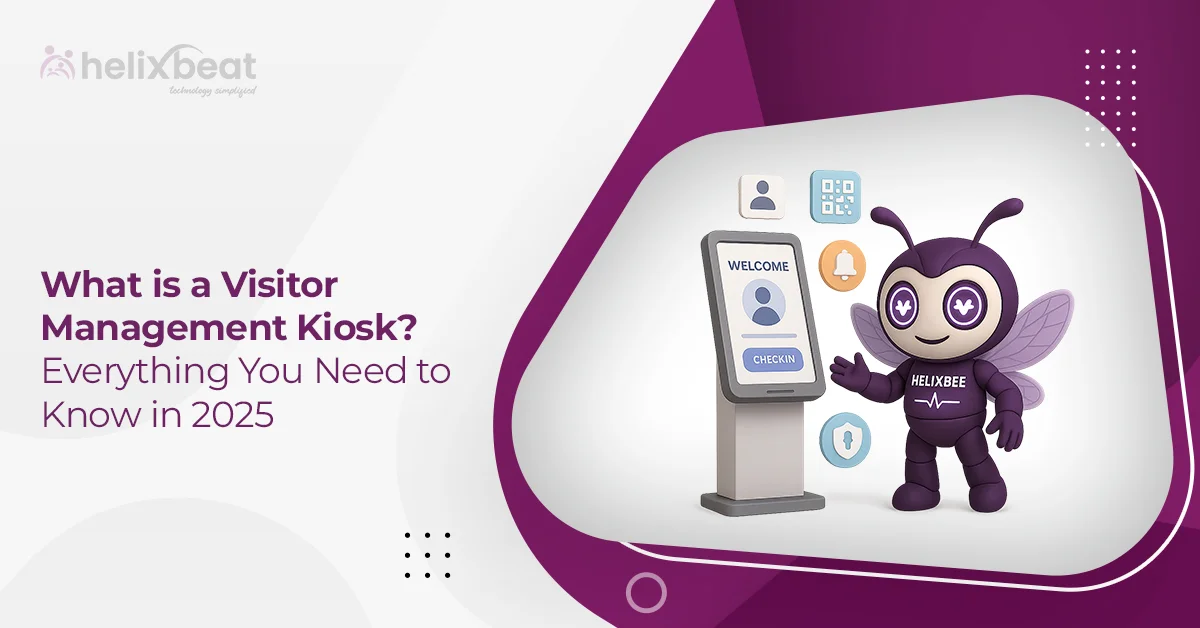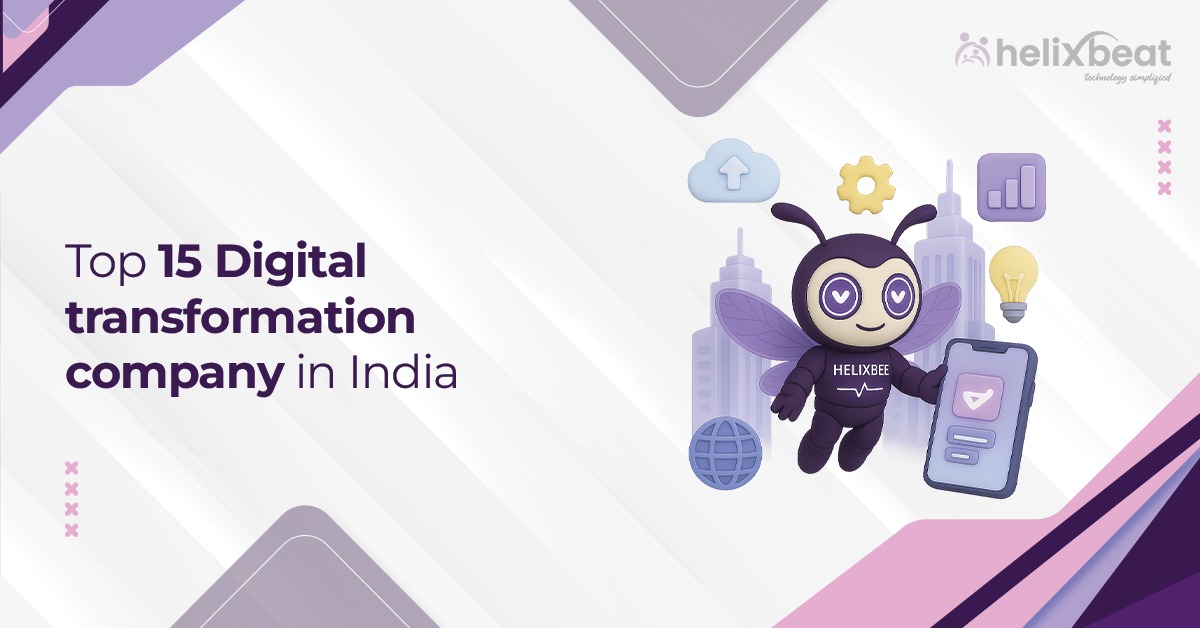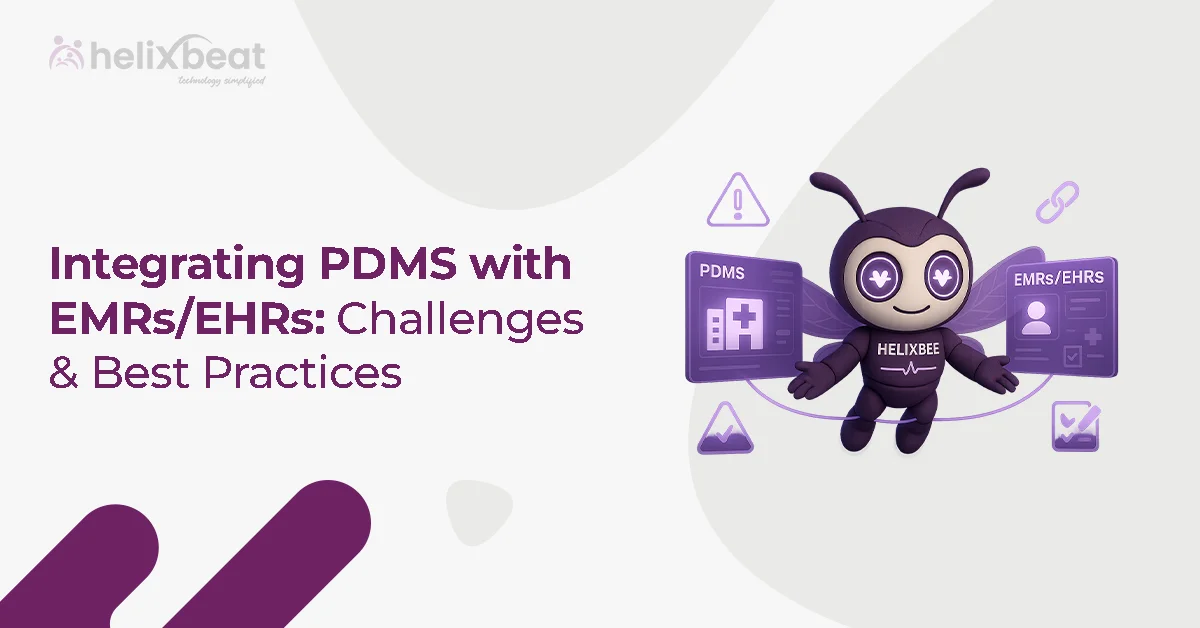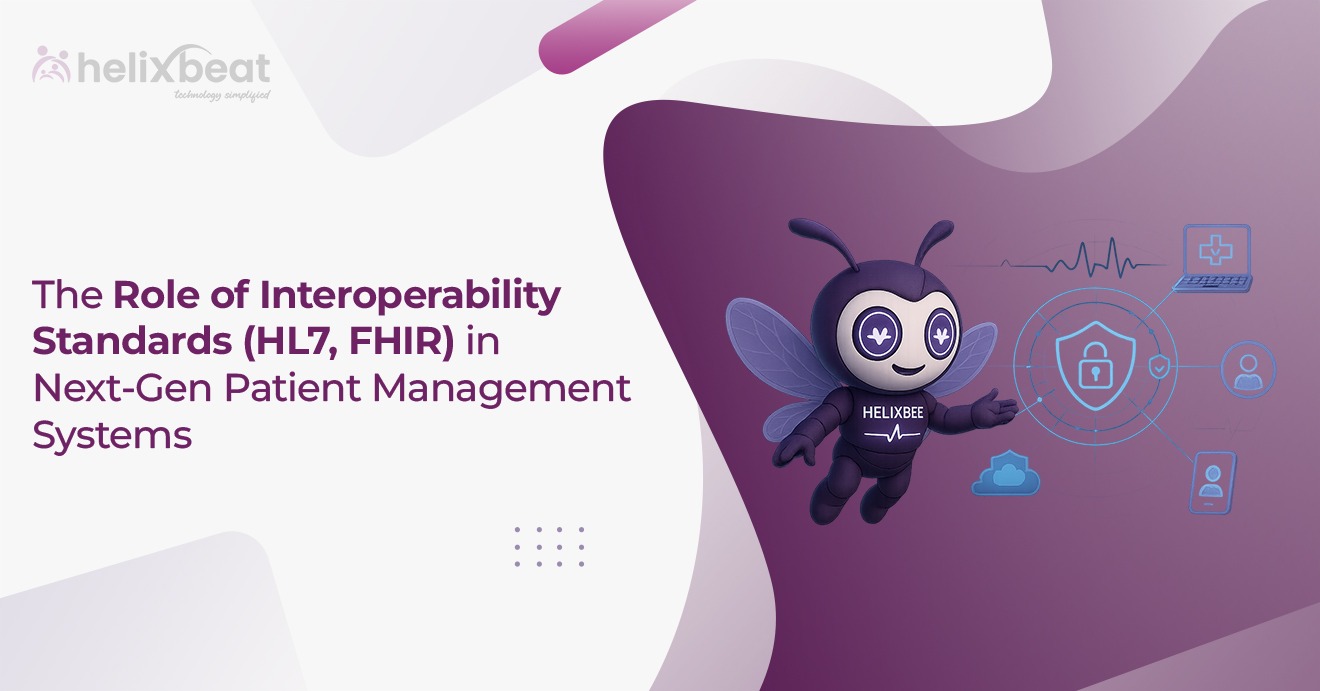For decades, organizations relied on paper logbooks and manual reception desks to handle visitors. But these outdated methods are riddled with problems: illegible handwriting, security gaps, long queues, and zero accountability in emergencies. In a world where compliance, hygiene, and efficiency matter more than ever, such systems are no longer acceptable.
The numbers prove it. A 2024 survey revealed that 62% of companies reported security lapses linked to manual visitor tracking, while nearly 70% of organizations admitted that paper-based systems fail to meet today’s data privacy regulations. Meanwhile, workplaces that switched to a visitor management kiosk reported up to a 90% reduction in check-in times and significant improvements in visitor satisfaction. The global visitor management market, valued at USD 1.6 billion in 2023, is projected to double by 2028—driven largely by the adoption of kiosks as the digital front desk.
As we step into 2025, the role of the visitor management kiosk has expanded beyond simple check-in. It is now a vital tool for compliance, security, and creating a seamless first impression. But what exactly is a visitor management kiosk? How does it work? And what should organizations know about kiosk service requirements, hardware maintenance visitor protocols, and kiosk troubleshooting? Let’s dive in.

Table of Contents
What is a Visitor Management Kiosk?
A visitor management kiosk is a self-service digital station, often a tablet, touch screen, or freestanding device, placed at the entrance of an organization to register, verify, and manage visitors. It replaces traditional reception logbooks with an automated system that captures visitor data, verifies identity, and notifies the host instantly.
Modern kiosks integrate with access control systems, ID scanners, and even facial recognition to streamline entry processes while maintaining high security standards. When paired with cloud-based platforms like VISTA, a visitor management kiosk offers real-time data access, customizable workflows, and compliance-friendly storage.
Why Organizations in 2025 Rely on Visitor Management Kiosks
1. Security Comes First
The visitor management kiosk ensures every visitor is logged digitally, reducing risks of unauthorized access. In case of emergencies, real-time evacuation lists can be generated instantly.
2. Touchless Check-In Experience
In a post-pandemic era, hygiene and safety remain important. With QR codes, mobile pre-registration, and contactless features, kiosks minimize physical touchpoints while ensuring smooth check-ins.
3. Professional First Impressions
A visitor management kiosk is sleek, modern, and efficient. It conveys that your organization values technology, security, and visitor comfort.
4. Data Accuracy & Compliance
Unlike paper logbooks, kiosks collect legible and accurate data. Combined with automatic data deletion protocols, organizations stay compliant with privacy regulations like GDPR or India’s DPDP Act.
5. Scalable for All Industries
From hospitals to manufacturing plants, schools, IT parks, and corporate offices—visitor management kiosks can be tailored to specific needs.
How a Visitor Management Kiosk Works
The visitor management kiosk experience usually follows a smooth, step-by-step journey:
- Pre-Registration : Visitors can register online before arrival. They receive a QR code or confirmation email for faster check-in.
- Self-Service Check-In : At the visitor management kiosk, the visitor scans a QR code or enters details manually. ID verification and badge printing can be integrated.
- Host Notification :As soon as check-in is complete, the host receives an instant notification via SMS, email, or app alert.
- Secure Access: Depending on the organization’s setup, access badges or digital passes are issued. Some kiosks integrate with door access systems to allow seamless entry.
- Check-Out Process : With a single tap at the kiosk, visitors check out. This ensures accurate visitor logs and prevents overstays.
- Data Insights : Admins can track peak visitor hours, monitor entry/exit patterns, and generate compliance-ready reports.
Key Features of a Modern Visitor Management Kiosk
- Touchless QR/Facial Recognition Check-In
- Role-Based Data Access for hosts, admins, and security staff
- Badge Printing & ID Verification
- Emergency Evacuation Lists
- Cloud-Based Dashboard for Real-Time Monitoring
- Automatic Post-Visit Data Deletion
- Integration with CCTV & Access Control Systems
Kiosk Service Requirements in 2025
A visitor management kiosk is only as effective as the infrastructure supporting it. Here are the essential kiosk service requirements every organization must consider:
- Stable Internet Connectivity – Cloud-based platforms require reliable connections for real-time data syncing.
- Power Backup – To avoid downtime during outages, kiosks should be connected to UPS or backup power.
- Device Compatibility – Ensure the software supports tablets, kiosks, or desktops being deployed.
- Regular Updates – Software updates keep kiosks secure and aligned with new compliance laws.
- Integration Capabilities – The kiosk should connect easily with badge printers, CCTV, and access systems.
Hardware Maintenance for Visitor Kiosks
Like any device, kiosks require hardware maintenance visitor protocols to ensure smooth operations. Here’s what facility teams should prioritize:
- Screen Cleaning – Touch screens accumulate smudges. Regular cleaning improves usability.
- Printer Servicing – For kiosks with badge printers, replace ink and paper consistently.
- Peripheral Checks – Verify cameras, scanners, and card readers are functioning correctly.
- Firmware Updates – Keep operating systems and drivers updated to avoid glitches.
- Preventive Maintenance – Schedule quarterly checks for hardware components to avoid sudden failures.
By implementing hardware maintenance visitor protocols, organizations extend kiosk lifespan and reduce downtime.
Kiosk Troubleshooting: Common Issues & Fixes
Even the most advanced kiosks can face occasional technical problems. Having a clear kiosk troubleshooting plan helps organizations save time, reduce downtime, and avoid unnecessary frustration. Below are the most common issues and how to fix them.
Frozen Screen
A frozen screen is one of the most common complaints. The simplest solution is to restart the kiosk device, which usually refreshes the system immediately. If the problem continues, check whether any software updates are pending, as outdated software often causes freezing or unresponsiveness.
Printer Malfunctions
For kiosks with badge or receipt printers, printing errors can occur. The first step is to make sure the paper roll and ink or toner are properly filled and correctly aligned. Regularly cleaning the printhead also prevents smudges and incomplete prints. If printing issues persist, updating the printer drivers usually resolves compatibility problems.
Connectivity Problems
Since most kiosks operate on cloud-based platforms, internet disruptions can directly affect performance. Restarting the Wi-Fi router or switching to a backup connection often fixes the issue quickly. It is also important to confirm that the kiosk is connected to the correct network in its settings. If connectivity issues are widespread, the IT team should be contacted to address larger network concerns.
Slow Performance
When a kiosk starts to slow down, the first remedy is to clear cache and temporary files, which often accumulate over time and affect speed. Unnecessary background applications should also be closed. If the device still runs slowly, an upgrade to its memory or processor may be required to handle higher usage loads.
Unresponsive ID Scanner
Sometimes, QR code or barcode scanners connected to the kiosk stop responding. Reconnecting the device securely often restores functionality. If that doesn’t work, running diagnostic tests through the admin panel can reveal the issue. Keeping scanner drivers up to date ensures that the hardware stays compatible with the kiosk system.
With proactive kiosk troubleshooting, organizations can resolve nearly 80% of technical problems internally, reducing downtime and avoiding the need for external service teams.
The Future of Visitor Management Kiosks
By 2025, the visitor management kiosk is no longer a luxury but a necessity. Emerging technologies will continue to redefine their role:
- AI-Powered Check-Ins – Predictive check-ins where frequent visitors are recognized instantly.
- Biometric Security – Fingerprint and iris recognition as standard features.
- Voice-Controlled Interfaces – Hands-free kiosks for greater accessibility.
- Deeper Analytics – AI insights into visitor patterns, peak timings, and compliance gaps.
Organizations that invest in these smart kiosks today will be well-positioned for future security and efficiency demands.
Why Choose VISTA for Your Visitor Management Kiosk?
VISTA offers a visitor management kiosk solution that goes beyond simple check-ins. With cloud deployment, role-based access, compliance-friendly data handling, and integrations with security systems, it is built for organizations of every size.
Key advantages include:
- 90% Faster Check-Ins compared to manual logbooks
- Privacy Compliance with automatic data deletion
- Customizable Workflows for different industries
- Real-Time Dashboards for admins and security teams
- Flexible Pricing with discounts for annual billing
Whether you manage patient visitors in a hospital, welcome clients in a corporate office, or track daily entries in a school, VISTA’s visitor management kiosk adapts to your unique needs.
Conclusion
The visitor management kiosk is no longer just a check-in tool—it is a powerful security, compliance, and visitor experience solution. In 2025, organizations must think beyond the basics: understanding kiosk service requirements, preparing for kiosk troubleshooting, and applying proper hardware maintenance visitor protocols.
By doing so, they not only streamline visitor management but also project a professional, secure, and future-ready image.
And with platforms like VISTA, deploying a modern visitor management kiosk has never been easier.
FAQs
1. What is a visitor management kiosk?
A visitor management kiosk is a digital self-service station that registers, verifies, and tracks visitors, replacing manual logbooks with automated check-in systems.
2. Why should organizations use a visitor management kiosk in 2025?
It enhances security, ensures compliance, reduces check-in times by up to 90%, improves visitor satisfaction, and provides real-time monitoring.
3. What are the basic kiosk service requirements?
Organizations need stable internet, power backup, device compatibility, regular software updates, and integration with access systems for smooth operation.
4. How do you maintain visitor management kiosk hardware?
Regular cleaning of touchscreens, printer servicing, firmware updates, and quarterly preventive maintenance help extend the kiosk’s lifespan and efficiency.
5. What common issues can kiosk troubleshooting resolve?
Typical problems include frozen screens, printer malfunctions, connectivity issues, slow performance, and unresponsive scanners—most can be fixed internally.














